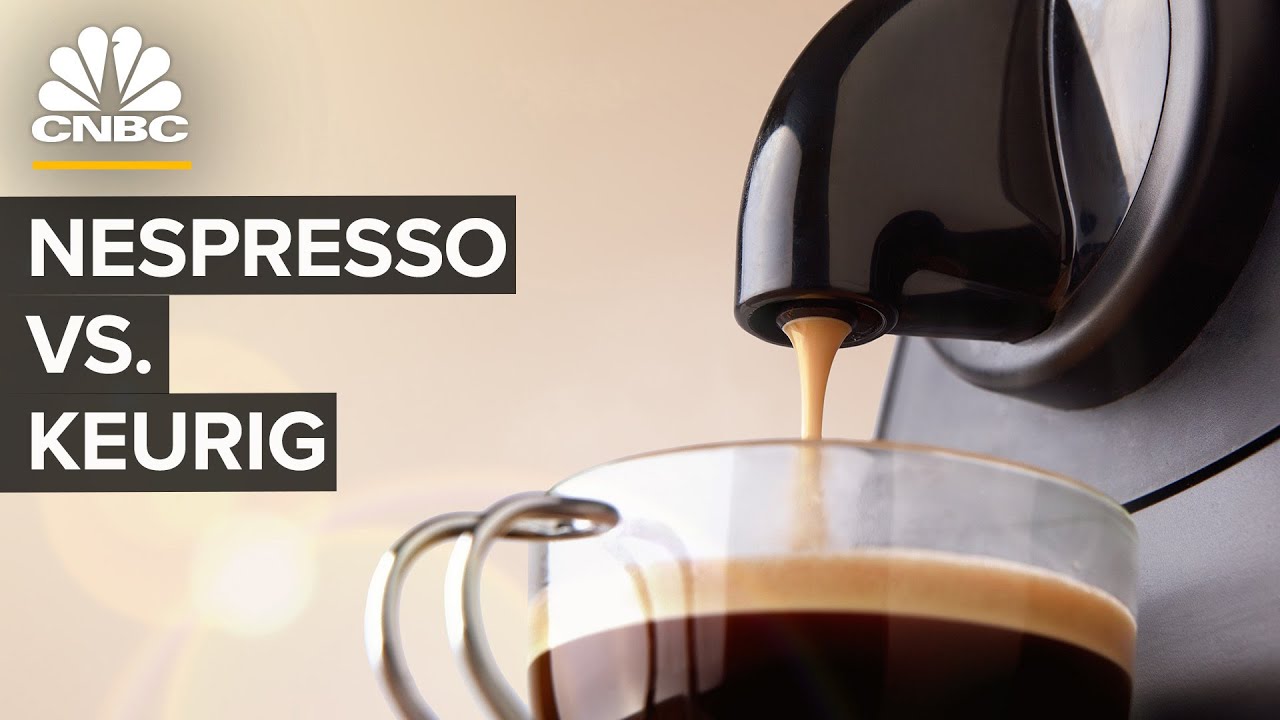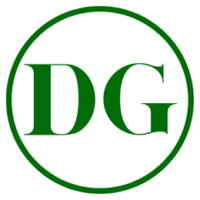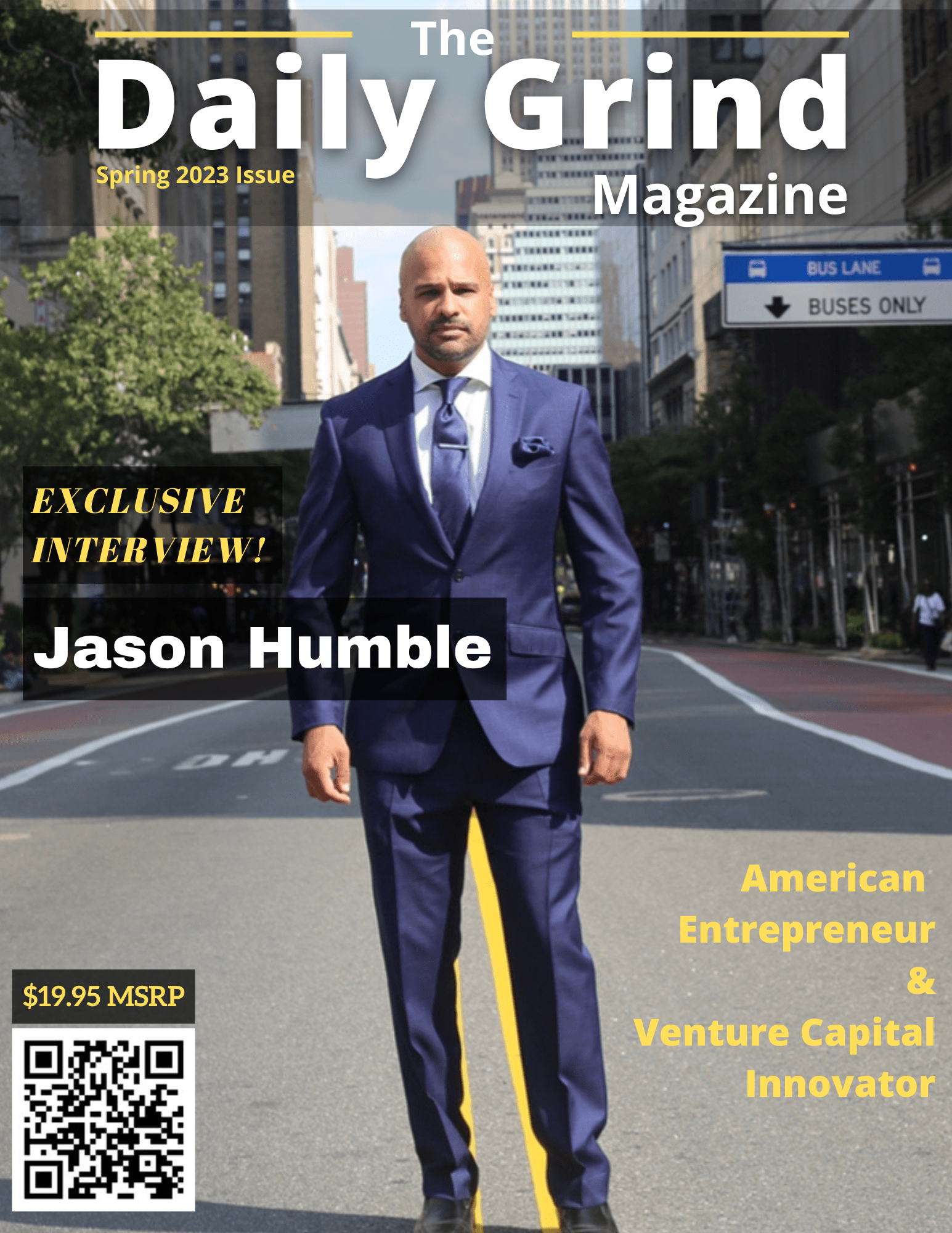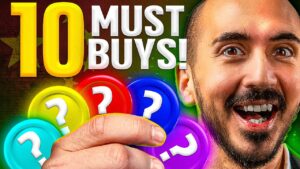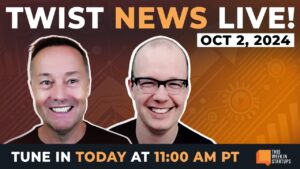Americans drink an
estimated 440 million cups Of coffee every day, and
the way we drink them has Changed a lot over the
past decade. In 2011, only 7% of
Americans had a single Serve brewing system in
their homes. By 2020, that number
reached 40%. Keurig Dr. Pepper and
Nestlé are the two Companies responsible for
this growing trend. Nestlé invented the coffee
pod concept with Nespresso, and they have
the largest market share In the world with
Nespresso. But in the US,
effectively the key system Is the K-Cup system that
is owned by Keurig. Keurig's US coffee sales
surpassed $4.3 billion in 2022. While Nespresso
doesn't break out its US Numbers from global
sales, it's estimated that They reached $1.5 billion
domestically for that same Year. That's up from just
300 million in 2013. Nespresso really started
as a startup within the Big Nestlé world. You couldn't replicate
espresso at the touch of a Button. You had to have
certain certain skill set. You had to have a very,
very expensive machine to Do it. And really, for
the first ten years, it Really was about starting
to replicate that Experience, to gain
penetration, to gain Consumer knowledge about
this. But soon after, Single Serve became an
extremely successful Category worldwide. Which company is spending
its time thinking in an Unfussy way? How can I meet the needs
of the US consumer? How do I make it
something that's Approachable and easy to
use?
Analysts say that Keurig
will likely remain the Dominant player in the US
coffee pod market, but Nespresso is finally
catching up. They're not trying to beat
Keurig. They're trying to carve
out their part of the Market, which is a very
valuable part of the Market because it is a
value added portion which Consumers will spend more
money, but they're not Really trying to dethrone
Keurig. When Nespresso entered the
market in 1986, it was the World's first single
serve coffee system. The targeting was wrong. It was a fiscal coffee. The capsule was wrong. Way too heavy, too
complicated to make Something like 20% defect
rate, 25%. It was just a disaster. People thought this thing
is going to die by itself. Let's not worry about it. Gaillard stepped in as
Nestlé's Nespresso CEO in 1988. Under his
leadership, he says, the Coffee maker lowered the
cost of its capsules by Reducing the aluminum
content and introduced the Direct to consumer sales
system called the Nespresso Club. The thinking was that,
okay, the thing is going To go bankrupt. Let's
make it a small disaster. On this small area, a tiny
area of Switzerland. We we did show that the
thing was a real business Proposition. It was
making money and at a very Surprising rate. He says the company scaled
from there first to the Rest of Switzerland and
then internationally. Its adoption in the US,
however, was a slow burn.
A three years market is a
market that broke even After three years, in
year three, and started to Generate money from year
four onwards. The US was more like a
seven years market. Just as Nespresso started
to generate profits in the US, Keurig delivered its
first single cup system For office use in 1998. It wasn't until 2003 that
Keurig launched its first Home coffee brewer. At this time, Keurig only
made drip coffees and Nespresso only made. Yep, you guessed it
espresso. Nespresso has always been
a very minority pod system In the United States, if
you look interesting Globally, right? Keurig
has almost no presence Outside of North America,
so the US is a very Anomalous market overall
because of that. Keurig surpassed $1
billion in US sales by 2010. Between 2010 and
2014, the Massachusetts Brand more than tripled
its annual sales in the US. How does it brew such
great coffee? Well, inside the brewer? Are these green fields of
coffee! You're talking about the
inflection point where Tipped over and became
just a sensation that Everybody was talking
about it, and a gift that Everybody wanted to get
during the holidays. And then as we did that,
it just snowballed. During those four years,
annual coffee consumption Increased by two gallons
per person. And Nestlé was faced with
the fact that they had a Popular, I mean, quite
high quality coffee, for Sure, but not necessarily
what the average Americans
Were looking at. That all changed in 2014
when Nespresso introduced Its Vertuo line of
machines. We were, I would say,
limited to premium Espresso coffees, and now
we are we are launching This new technology,
which will be able to Deliver a large cup of
very premium coffee, large Cup. And we know that
coffee lovers in the US, What they want is a long
cup. The launch of the virtual
system coincided with Americans drinking less
drip coffee and more Single serve. George
Clooney had been the face Of Nespresso
internationally since 2006, but in 2015 he
became the brand's global Ambassador and helped
introduce Vertuos to American and Canadian
consumers. What's that? Nespresso. Take coffee? Yeah. In 2020, the US became
Nespresso's largest Market. The market share of
Nespresso in the US is About probably, let's
say, 8 to 10%. It grew from, let's say 5
to 6%, maybe five, ten Years ago. In 2018, Nespresso's
parent company, Nestlé Purchased perpetual
rights to sell and market Starbucks products at
retail worldwide. In 2022, Nestlé's sale of
Starbucks products crossed $4 billion. A decade ago, Nestlé was
the biggest coffee company Retail in every region in
the world except one, and That one was North
America. Historically, Nescafe was
not that big here, whereas
It's huge everywhere else
globally. Nespresso had Only a very small
presence and still does In many ways. And what
changed was Nestlé bought The rights to Starbucks
products at retail. So Nestlé went from a
relatively small player in Retail coffee, the United
States, to the biggest Player. That deal was a sea of
change for the Nestlé Strategy into retail for
Nespresso compatible. Keurig Green Mountain
merged with Dr. Pepper Snapple Group to
become Keurig Dr. Pepper in 2018. KDP announced a long term
partnership with Nestlé in 2020 to continue selling
Starbucks branded pods. The two companies did not
disclose the financial Details of the deal. There is no way to cut
this pod market up in a Way that's not incredibly
complex because of the Questions of who owns
everything. The start of the century
marked the rise of American specialty
coffee. Sales at Coffeehouses increased by
97% between 1998 and 2003. Overall, what has also
been true for the US Market and not just the
US market, by the way, is The Premiumization. So over the years, people
have been willing to pay More for their coffee,
and clearly we see that as Well in the US. It's like wine. The more
you start to learn about The different origins of
the wine, the different Terroirs, it's exactly
the same as coffee. All throughout, Nespresso
has maintained a higher Price point than Keurig,
which ranges anywhere from $130 with its most basic
systems to $850 for its
Most premium systems. An individual coffee pod
can cost as much as $2. Keurig machines, on the
other hand, range from $90 To $250, with almost all
pods falling under $1. But Nespresso says it
isn't comparing itself Directly with the
competitor. Instead, it's Focused on the money
saved by making your Coffee at home. The marketing around the
pod category often has That very implicitly. It's often about creating
the coffee shop in your Kitchen. A lot of the
wording, a lot of the Designs, it's all built around that idea. It's a coffee shop in
your kitchen and Implicitly, of course, a
much cheaper coffee shop In your kitchen. Keurig can brew espresso
style shots to create a Concentrated drip coffee,
but its machines Technology does not apply
enough pressure to make Real espresso. If you go to Italy and you
want a perfect espresso in Naples, please go do that
and invite me along. Consumers want the drink
in their hand. They don't necessarily
need all the fuss of Making a perfect
espresso the technical or The pure way. The two single serve
giants are also racing to Capture the iced coffee
market, the most popular Style of drink amongst
the youngest generation of Coffee drinkers. Gen Z has a very strong
preference for cold. Not seen by any other
generation previously, and Neither pod machine as
far as I view it, really Has a monopoly on cold.
And so that is really the
territory where I think Things are going to be
fought in the next couple Of years. This year versus previous
year, our iced coffees Grow around 25%, as they
say: iced coffee's hot. For the younger
generations, iced coffees Is coffee, period. Both companies are
upgrading their machines To improve the iced
coffee experience. We have a whole range of
coffee makers now that Brew both hot, and they
also have an iced button. And the ice button starts
brewing the coffee hot, But then takes the
temperature down so that In the glass the ice melt
is reduced and the quality Of the experience is much
closer to the coffee shop Experience. In 2021, supply chain
disruptions made coffee The most expensive it had
been in a decade. At the same time, at home,
coffee consumption hit a Record high. Most manufacturers could
not even produce enough Single serve pods. What we've seen is as
well a very strong Acceptation of machines. So people made the
investment to buy a Machine and to have a
good coffee at home. Keurig machines are
installed in over 38 Million households
nationwide. Nespresso declined to
give CNBC its household Penetration. There's still over 50
million households left in The US coffee market that
we look at and say, how do We meet the needs of
those users? I think pre-COVID 2019,
we were somewhere around
30 million households. At the height of the Covid
19 pandemic, Nespresso's Worldwide coffee sales
grew over half a billion Dollars in one year, while
Keurig's grew just under $300 million. Nestle estimates the
worldwide retail of the at Home coffee market to be
$100 billion. It values the out-of-home
coffee market to be $300 Billion. What you find,
particularly in in times Of inflation, what you
find is that consumers Flock to lower value
brands or to premium Brands because they
provide that value. As early as 1991,
Nespresso set up a system For collecting and
recycling its aluminum Capsules in Switzerland,
but critics point out that Just because pods can be
recycled, it doesn't mean They are. Today in the US, we have
the capacity to recycle More than 95% of the
capsules that we produce And our consumers
recycle. We have a recycling rate
of around 36% and growing Every year. The creator of K-Cups told
The Atlantic in 2015 that He didn't even own a
Keurig machine, and he Expressed remorse for the
environmental impact of The product. K-cups did
not become fully Recyclable until 2020,
and now, 20 years after They've entered American
homes, sustainability is Becoming a priority. We're going to take more
and more virgin plastic Out of the cups, and
other things we do are Around reducing the size
of our packaging, reducing The shipment of air,
putting more products onto
A container, onto a
truck. The environmental impact
of the coffee pod industry Has created a market for
more sustainable Alternatives. Ten years
after he left the company, Nespresso's former CEO
created a line of Biodegradable pods that
launched in 2008, which he Said was a huge success
at first. But it didn't last. A decade long legal
battle between Nespresso And Ethical Coffee
Company ensued. We had to shut down. Nestlé came with
modifications to the Machine for, for which
the sole purpose was to Prevent competition from showing good compatibility With the machine. It was
to prevent free Compatibility. Key patents for the
original Nespresso system Expired in 2012, allowing
for competition to create Compatible pods. Nespresso Vertuo system
is still patent protected And there's no third
party compatibility. The machine reads
specific barcodes on each Pod and applies the
appropriate level of Water, heat and pressure
for the type of brew. So unlike other folks, we
didn't lock in a system And say we'll only have
our brands. You can have whatever
choice of our brands you Want. But they tried to. After their initial K-Cup
patents expired in 2012, The company launched
Keurig 2.0, which only Worked with official
Keurig pods. It also suspended the
ability to use the Environmentally friendly
my K-Cup, which allowed
Users to refill the same
pod with their own coffee Grounds. Sales lagged for
the Keurig 2.0, and the Company acknowledged it
made a mistake in 2015, Saying it would change
the machines back to being Compatible with the my
K-Cup and with third party Brands. My K-Cup filter is back. Now you can make
anything, even a piece of Home. But even with an
increasing amount of Competition in the US
coffee pod market, both Nespresso and Keurig are
continuing to see growth. I think you could see
Nespresso continue to take Share for three, five,
ten years. Not at a dramatic rate of
course, but a slow, steady Gain with a big question,
like we said earlier is Being who ultimately
controls Gen Z and their Cold habits.
